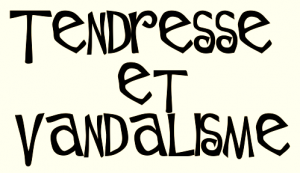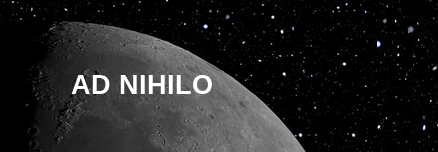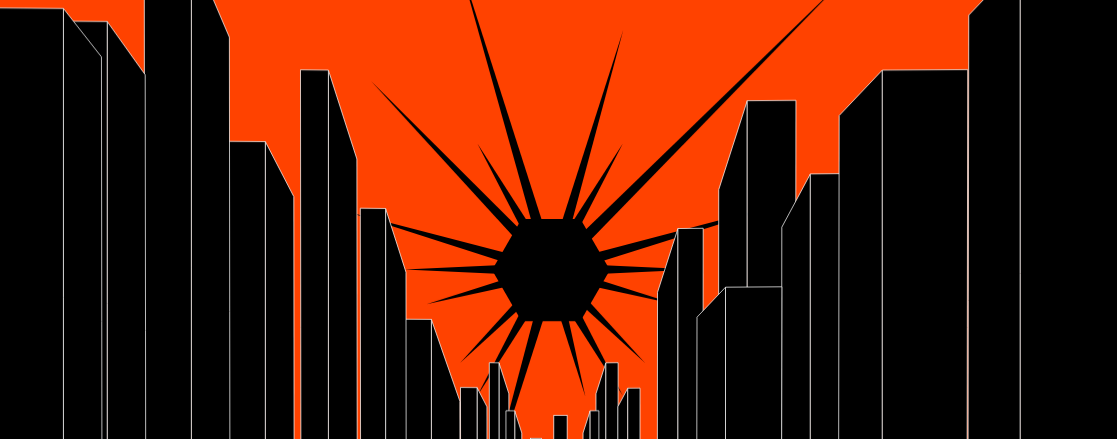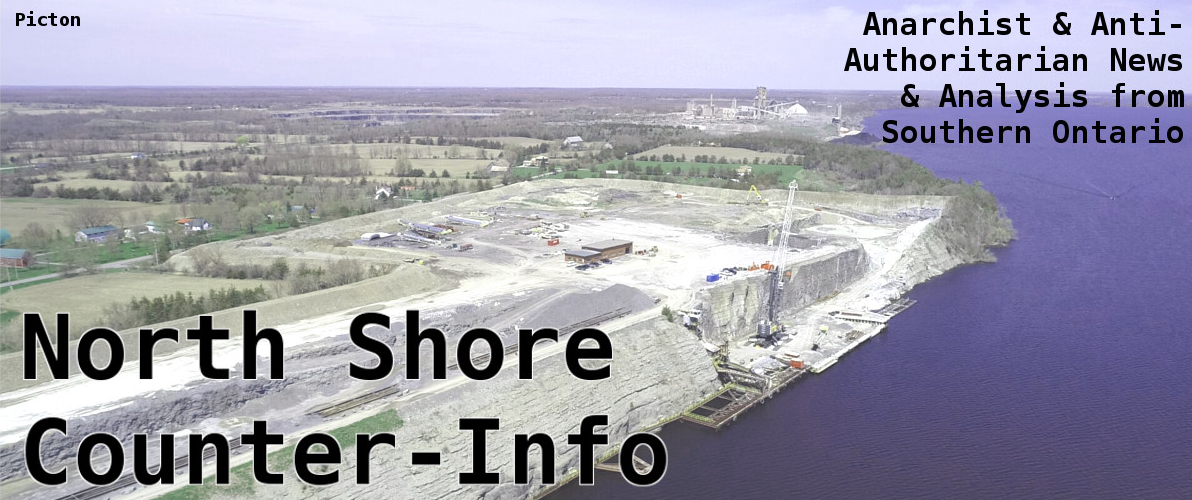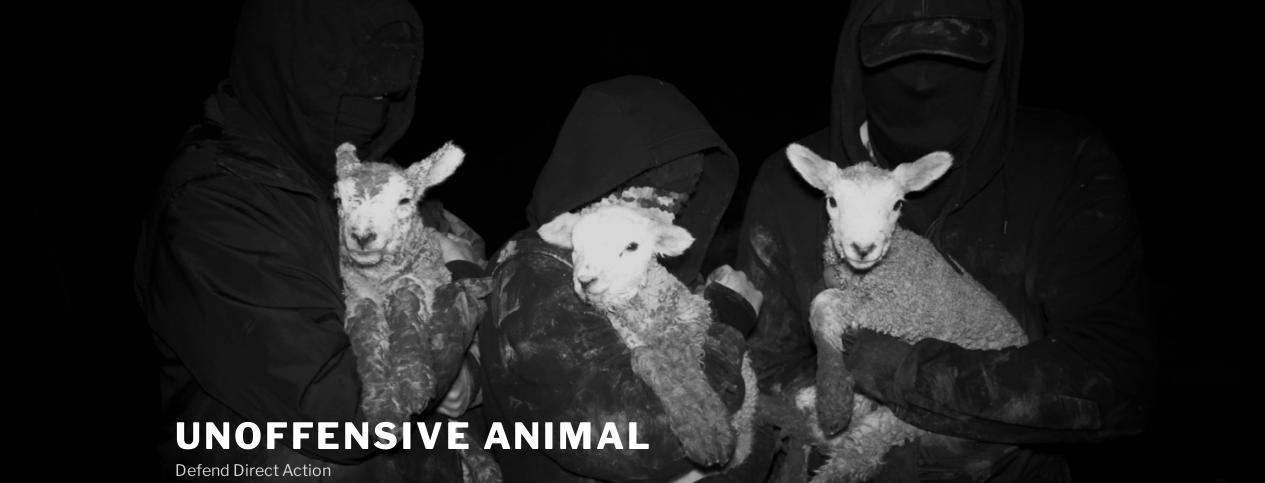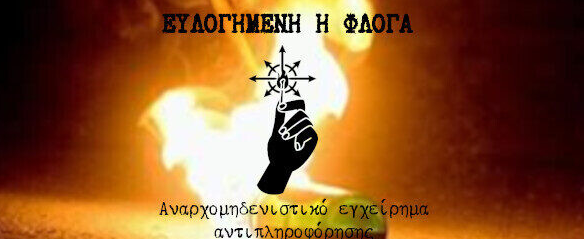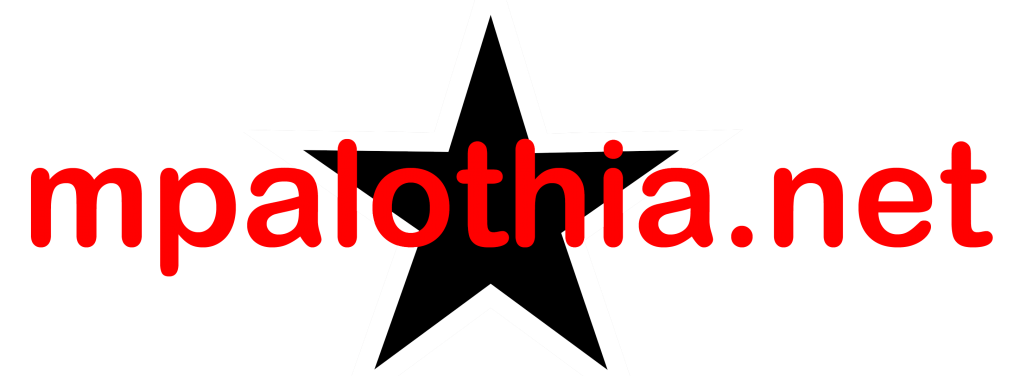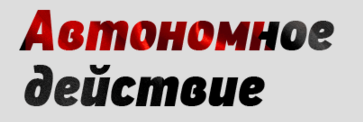Counter-arguments for those who no longer want to contribute to the spectacle of the end of the world, but to the end of the world of the spectacle
Translator note: translated from a pamphlet found in Paris and available online. There have been several texts circulating in the past month critiquing cameras in demonstrations, some online and some distributed as leaflets in the street. This one is perhaps the fullest articulation of the anarchist (but not just) argument against filming revolt.
Me: Stop filming or I smash your camera.
“But pictures are just raw information. They only show facts.”
The photographic re-transmission of facts depends on the point of view in which the person taking the picture situates themselves, which makes it subjective even though it claims objectivity. Proof through pictures is a lie, not so much because it speaks falsely but because it claims to be true. To try to be a spectator, neutral and exempt from the power relations at play can only be an illusion, because it is in itself a way of taking sides, though indirectly. In this way, no one taking pictures can be considered outside the action, they are in it, but on the wrong side: the one that fixes what’s in motion, virtualizes what’s living, spectacularizes rage and passion, and generally participates in neutralizing the subversive potential of attack. Among those taking pictures, some are clearly our enemies, because they declare themselves as such (cops, official journalists, video surveillance cameras…). Others claim neutrality and participate in “pro” and “anti” propaganda, like the more or less independent news agencies (Taranis, RT, Linepress, Street Politics, Remy Buisine) (1). And finally, there are others claiming to be friends or activists involved in documenting struggle, and even some people doing illegal stuff themselves and filming it for a few minutes of virtual glory and many hours of very real hardship. To be clear, ALL of these cameras deserved to be smashed, but especially those that pretend or claim to be on my side. I say this not because I want to engage in dialogue, but to make my reasons clear.
“But pictures are history, they serve the struggle.”
Images of struggles have mostly served to wield authority over people’s imagination. From the dawn of photography and before, they have created idols, artificial scenes that resemble what’s real. They elicit emotion, empathy or pity for certain subjects, fear or envy for others. In themselves, they don’t lead to revolt, but at best to indignation. Anti-authoritarian ideas and struggles have often done without images, because they hardly existed or because the means of producing them didn’t fit with what the moment required. Today, in a society where control and surveillance is one of the cornerstones of power, we can all recall images of demonstrations. Especially those that lead to people spending months locked up, whether they be comrades or strangers. From the ninja-hooligans of the movement against the retirement reforms in 2010 to those accused of burning the cop car on Quai de Valmy during the movement against the Labour Law in 2016, from the rioters in London in 2011 to those in Ferguson in 2015.
“But pictures protect us from police violence. They’re against repression.”
Wasn’t Theo’s rape filmed (2)? Weren’t there people taking photo and video in front of Bergson and other high schools (3) ? Sure, these stories spread in part because of the images, but who’s to say they wouldn’t have without them? The “buzz” is clearly not in our control. Is that rage and anger due to our experience of oppression and of seeing ourselves in the person experiencing it because we’ve been through the same, or is it because we watched it from behind a screen? And what’s the use of these images when the harm is already done, unless you believe in the healing offered by a hypothetical conviction thanks to the use of images, though this involves wasting your money and energy and putting yourself in the hands of one of the quintessential tools of the powerful, justice. By filming rather than trying to prevent police violence from happening through action, we’re not just letting it happen in the name of some hypothetical future trial: we’re repressing all those who might want to act directly against the police to give them a taste of their own medicine. Who would want to resist by hitting back during their arrest if photographers or videographers were filming? Who would try to rescue a friend from the hands of the pigs while being photographed from all angles?
If a few people are able to use justice against the police to get off their charges, we all know that most of them will be found guilty. It’s an illusion to think that a mere video can change the balance of power in the justice system, which, being an instrument of the powerful, is structurally not in our favour. And those few, couldn’t they have defended themselves without the video? What role should we give to images, even in the justice system, and at what cost for all the others who, without wanting to, find themselves in those same images? Is it that less prison for one means more for another?
“But the picture is beautiful. People are reasonable, they know the risks and mask up. And I’ve got a technique to avoid causing them trouble.”
And that’s exactly the problem. It’s nothing more than liberalism to satisfy your need for pleasure and/or propaganda while accepting, or worse still, defending and promoting the presence of cameras, a presence that can only harm those who seek to act differently (without masking and without thinking it through in the intensity of a moment of revolt). It’s freedom without practical consequences or or ethical responsibility for your choices. Except in extremely specific cases where a group, for tactical and political reasons, decides to film themselves, image-taking affects everyone involved in actions larger than your own group. There is no correct framing, proper editing or blurring technique, no good moments to film or right way of publishing. There are a thousand and one good reasons, even after having taken all necessary precautions, for someone to not want it known they were there at a certain place and time. These days, where so many people have conditions forbidding demonstrations banning them from certain areas, where some would like to be more discrete in the eyes of power, where young people are slipping out from the yoke of family, community, or gender to express their revolt, where images, along with DNA, are the greatest proofs for determining THE truth, every piece of information counts, in society and in the courtroom alike. That the state will continue through its own means the filthy business of tracking revolt is one thing, it’s quite another to create more images of illegal acts yourself. To think you’ll be able to outwit the police’s techniques for finding third-party images — imagining quickly swallowing your SD card before being arrested, or dreaming of securely erasing all your videos, or playing at being a super-cropper and blurrer of the right moments — is nothing but a dangerous illusion, and one the pigs are counting on.
“But images are everywhere. Our enemies use them, so why pick on us?”
Like every fight I engage in, it might seem doomed from the start. I’ll certainly never manage to convince a majority that I don’t care about or a public opinion that doesn’t exist, or even just fix any individual problem. Through their integration into techno-capitalist society, the use and spreading of images has become one of the pillars of domination. That said, even if people don’t agree, on this subject and others, I still have the ability to act. I can attack cameras, those of the city-prisons as well as those of Doc du Réel (4) or any other intrusive smartphone. I confront the harm done by those who, rather than contributing to the mayhem, are engaged in its narcissistic or authoritarian presentation (filming others without their knowledge to make propaganda), even with the best of intentions. These actions could be taken by anyone, as one contribution among others to widening the space for revolt rather than restricting and repressing it.
Me: So then, are you going to put the camera away or am I going to smash it?
Endnotes
- Taranis is a lefty news site, relatively good production values; RT=Russia Today; Linepress sells video and photo content to media outlets; Street politics, videos of demos and some commentary; Remy Buisine is a livestreamer who became well-known during Nuit Debout
- Theo was violently sexually assaulted by police in early 2017 during an ID check. Some translated texts here: https://borderedbysilence.noblogs.org/post/2017/02/10/ile-de-france-the-ongoing-revolts-against-police-violence/
- During the movement against the labour law in March 2016, students at Bergson were subject to a vicious police attack to break their attempts at shutting down their school as part of a broader wave of strikes. In general, protests by highschoolers seem to receive more than their share of police violence
- Activist media collective that has been the subject of repeated criticism for producing videos that contain obviously incriminating details
[translated by Borderedbysilence]




